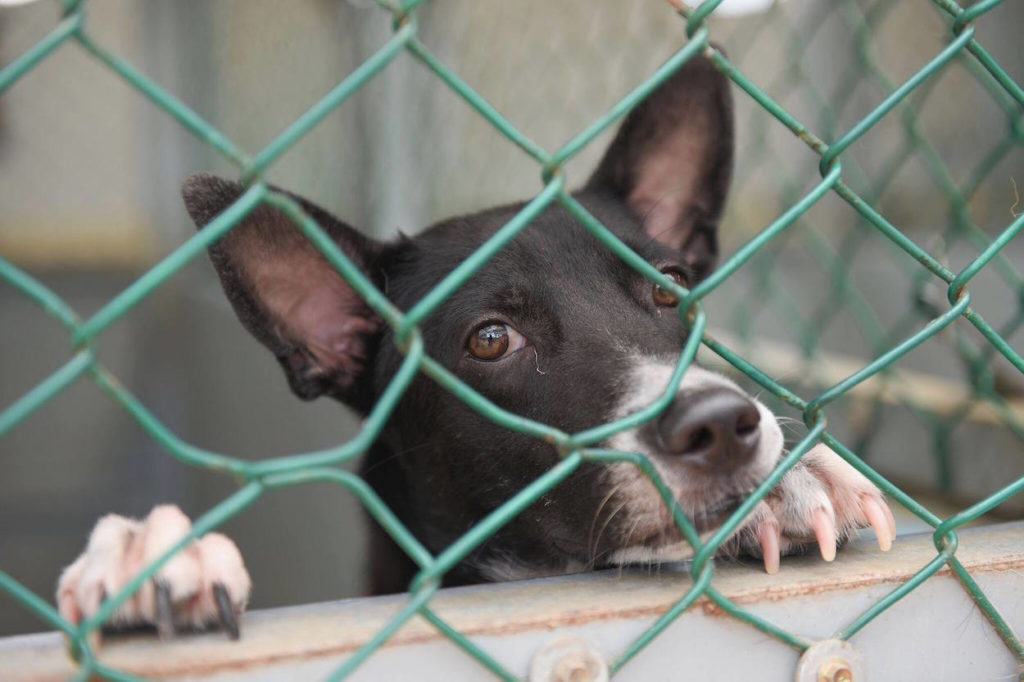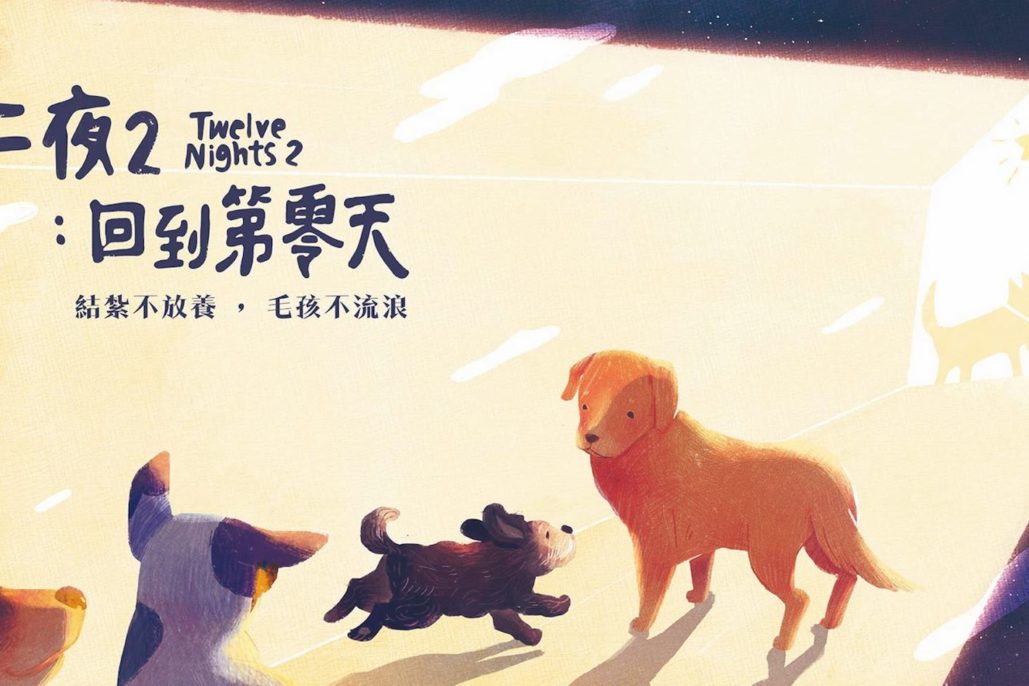by Enbion Micah Aan
語言:
English /// 中文
Photo Credit: Twelve Nights 2/Facebook
TWELVE NIGHTS, a 2013 documentary film about animal shelters, is probably one of the most influential Taiwanese advocacy films you have not heard about. The film is available on Youtube, and it is a harrowing view of what used to happen in Taiwanese public animal shelters.
Prior to 2017, culling—or animal population control by killing—was allowed in public shelters, and the law allowed culling for any animals who had been in the shelter system for more than twelve days. As a result of the overpopulation of stray and feral dogs both in the outside world as well as at the shelters, it is estimated that between 1999 and 2015, 1.23 million dogs were euthanized in the Taiwanese shelter system. During this time, a Taoyuan shelter director committed suicide in protest, doing so by killing herself in the manner that a dog would be euthanized. Such brutal measures, without a doubt, were hurtful for the dogs, as well as for the humans involved.

Photo credit: Twelve Nights 2/Facebook
The original documentary focused on the issue of animal culling, the title of the film coming from how after twelve nights without being adopted, the shelter would legally be able to euthanize the dogs. The film introduced the dogs as characters with aliases corresponding to their appearances or behaviors, and the audience was able to witness their plight in the overcrowded and unsanitary shelter throughout the film.
It is difficult to watch dogs who are essentially on death row, simply for being dogs. The film is emotionally devastating, as almost all dogs in the film died of euthanasia or from diseases. The film begins by stating the low survival rate of dogs in shelters right away, so such deaths were not surprising, but it is a great testament to the filmmakers’ considerable skills to build a narrative using simple text paired with the clever use of music to engage the audience on the emotional level.
Following the film’s release, there was enough public support to push through reforms to ban culling. This legislation is colloquially called “The Twelve Nights Act”.
Twelve Nights 2 is the follow-up film. Though a documentary, it is not without some star power. Wu Nien-Jen, perhaps the most consistent presence in Taiwanese cinema since the 80s, narrates the film, musician Michael Wong provided a heartwarming theme song, and Giddens Ko, the famed writer-director, who was also the producer for the original film, returns as the producer of the new film. Instead of an emotional experience, this new film is more of a standard information-driven documentary. It is very informative but a rather conventional documentary film. As an advocacy film, it is effective in terms of laying out the problems after legislative reform.
As it is often the case that the Taiwanese government would impose unrealistic goals through legislation without providing adequate resources, the film showed viewers that animal protection reforms were also not an exception to this, as there were plenty of shortcomings. Banning culling was certainly an improvement and an important step, but the government failed to provide additional measures or resources to address issues regarding Taiwan’s dog population, with the documentary showing us there are still many underfunded shelters with overcrowding issues, especially in rural areas. The film also followed a dog catcher in metropolitan Taipei, who would still catch many stray dogs in the course of his work.

Photo credit: Twelve Nights 2/Facebook
The issue of dog population is also exacerbated by the habit of dog keeping. Many people, particularly in rural areas, simply give dogs food or keep them outdoors. Many do not neuter or vaccinate their companion dogs. In fact, it is still not common knowledge in Taiwan at this point that the large dog population is actually a serious crisis, and that people should always adopt dogs as opposed to purchasing them. It is not an easy task to tackle the issue of dog overpopulation given the current cultural conditions, so most animal protection workers emphasize education.
However, this is not to say that things are not improving. Many NGOs are conducting TNvR (Trap-Neuter-Vaccinate-Return) programs and local caretakers (愛心媽媽)are much more likely to cooperate with social workers and government agencies, now that shelters do not euthanize animals. A great number of people interviewed in the film are very dedicated and thoughtful animal protection workers, such as shelter directors and various managers of NGOs. In the film, we see what a dedicated civil servant can accomplish when Jiang Shu-Fang (姜淑芳), a veterinarian who works in the Taichung City Animal Protection and Epidemic Prevention Department, was able to turn a formerly decrepit shelter into a modern enterprise that will soon be operational. Moreover, the film also follows civil servants on their observation trips to Japan and the US. The film shows us that there is hope that in Taiwan, the shelter system can improve greatly to match that of Japan and the US. Though it will certainly take considerable efforts on the part of the government, the general population, and dedicated animal welfare workers.
Though the first of the two films was probably more artistic and creative in terms of expression, the second film was also made with a lot of love for the animals involved. It was able to present many of the challenges the Taiwanese society faces regarding the issues of stray dogs and dog overpopulation. It also included a lovely, easy-to-miss detail—during the end credits, where all dogs were credited individually, common dog names, such as “Coffee” and “Xiao Hei” are listed repeatedly.
However, what is perhaps lacking in the film is a more concrete socioeconomic analysis of the aforementioned rural population, as it becomes apparent that the people who lack the knowledge about the proper treatment of dogs (namely, having to neuter, vaccinate, and microchip them) are usually low-income people, and often are the elderly and minority. This kind of analysis is important, as issues around stray dogs and overpopulation is intimately tied with human social issues as well. Perhaps, if there is another sequel, we will see such analysis.
[1] For a brief history of animal welfare events around this issue, including an analysis of how the government manipulated data since the film’s release, please see here.



